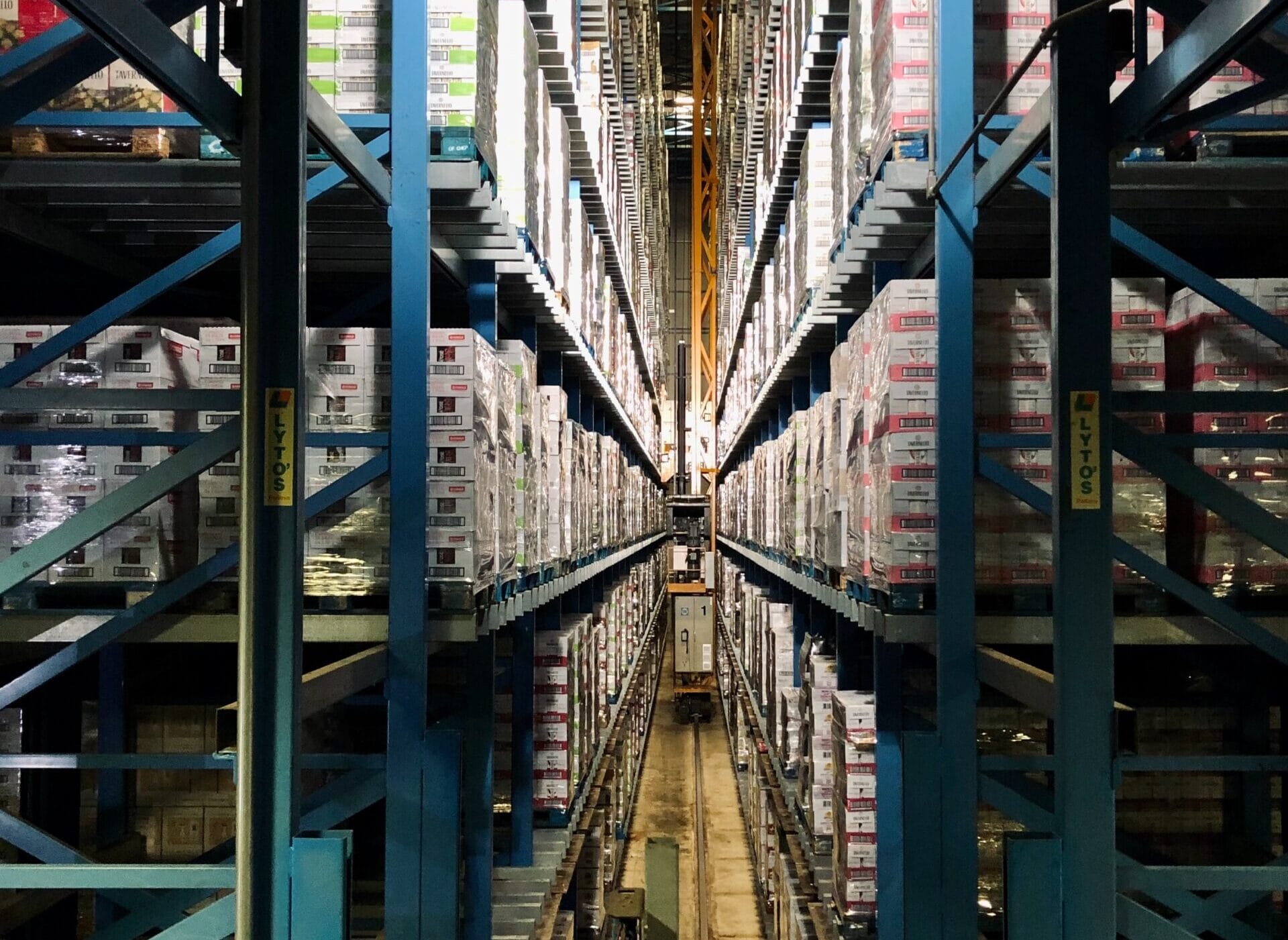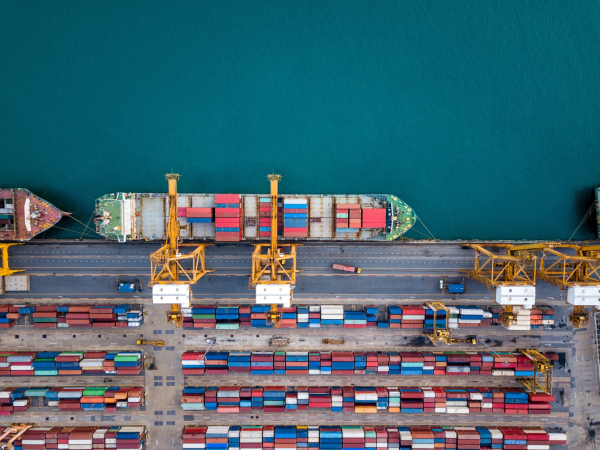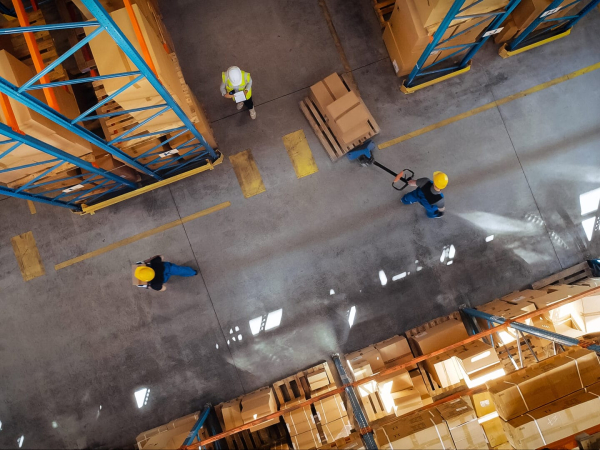Manufacturing & CPGUKG
Modernizing manufacturing: The power of efficient workforce management
For manufacturers, having an efficient workforce management (WFM) system in place isn’t just a convenience—it’s…
Read article

Manufacturing & CPG Supply Chain
07/21/2022
by Jeff Keene

Supply chain resilience boils down to a simple concept: How effectively does your supply chain weather any type of storm, be it natural disasters, geopolitical upheaval, or a world-wide pandemic? With all the turmoil we’ve seen in the past two years, I imagine that every one of us has had at least one instance of going to the store and wondering, “Why can’t I cross this item off my grocery list?”
By adopting agile supply chain resilience strategies, you can better prepare for supply chain volatility to ensure your products are available to your consumers when they want them. Before we dive into solutioning, let’s examine how we got here. For the past couple decades, there has been a strong movement in supply chain management to “go lean.” In other words, cut away any extraneous manufacturing, warehousing, inventory, and resources (human and otherwise) to operate a supply chain at the lowest cost possible while still serving customers at an acceptable level. This generally worked well, with only the occasional disruption from a natural disaster or other force majeure-type event. But enter a pandemic that, even two years after shutting down the world, is still disrupting supply chains and causing companies to struggle to resume business as usual. In those two years, we’ve learned that the typical lean supply chain just wasn’t resilient enough to weather such an intense, prolonged disruption.
While great for profitability during stable times, a too-lean supply chain can quickly crack under pressure. This leaves customers seeking alternate products, causing a lost sale, or choosing to replace a product category all together resulting in a lost customer. Do you remember the toilet paper panic in the early days of the COVID-19 pandemic? While stores saw widespread supply shortages, Amazon saw a spike in searches for “bidet.” In fact, this was the 20th most-searched term on Amazon in March of 2020, and many manufacturers saw a spike in demand. A bidet owner will naturally use less toilet paper (as much as 75% less, according to some studies), so those potential future sales are gone forever once the replacement product is purchased.
So, what do we do now? Companies must reassess their lean supply chains, review options for increasing resilience, and apply the lessons from the past few years into future supply chain planning. Let’s examine six different ways to approach supply chain resilience strategies with varying degrees of complexity:
Perhaps the simplest measure to address supply shortages is to just carry more inventory at each stage of your supply chain. Make more in your manufacturing plants, store more in your warehouses, and put more in your customer-facing stores. The obvious trade-off is increased costs, but there is always a cost-benefit analysis. We can use recent data to reevaluate where the breakpoints are for lost sales vs. inventory costs, since those have invariably changed since the start of the pandemic.
Adding new sourcing for your products, although relatively simple in theory, may be more complex and costly. This can be either through third-party vendors or through increasing manufacturing capabilities in your own plants. Having additional sources for your products can better protect your supply when an issue occurs. This could also be accomplished with “nearshoring,” or moving manufacturing or assembly operations geographically closer to the end users.
Your R&D team can also play a role in shoring up your supply chain by intentionally developing a range of goods that use the same raw materials or semi-finished components. The more shared components your products have, the less reliance you have on one-off, potentially hard-to-get components. Additionally, by using the same components across multiple finished goods, you can get the benefits of resource pooling, which is the concept of needing less overall safety stock when you spread your risk across many products.
Greater visibility of your supply chain can help you see problems before they cause disruptions. Concepts like supply chain control towers bring data and analytics into a centralized location to allow for modeling what-if scenarios and predictive analytics. These tools can give you an edge in reacting to unexpected changes so you can quickly diagnose those impacts and make data-driven decisions.
Many of the advanced analytics mentioned above will require data scientists who also understand the business of supply chains. Identify people who can straddle the fence between analytics and operational knowledge so they can translate situational modeling into business decisions for long-term success.
A product rationalization effort is another opportunity to build resilience into your supply chain by simplifying your product portfolio. There are varying degrees of complexity analysis you can apply to your portfolio to segment your products, and in some cases, identify products that are adding unnecessary costs to your operation. By sunsetting products that have high variability in demand and transitioning those customers into complementary products from your portfolio, you can dramatically reduce overall supply chain complexity.
Companies need to take a hard look at how, in seeking efficiency and lower costs, past strategies have led to too-fragile supply chains. It’s time to evaluate and implement strategies for resilience so your customers can once again go to the store and cross every item off of their grocery list. Are you ready to implement supply chain resilience strategies? Fill out the form below to connect with one of our consultants.
Business insights
Manufacturing & CPGUKG
For manufacturers, having an efficient workforce management (WFM) system in place isn’t just a convenience—it’s…
Read article

Manufacturing & CPGSupply Chain
The global trade landscape is shifting rapidly, driven by recent U.S. tariff policies. Below are key considerations and…
Read article

Manufacturing & CPGOptimize Technology
During peak season, CPG companies face unique operational challenges: unpredictable demand spikes, transportation…
Read article
